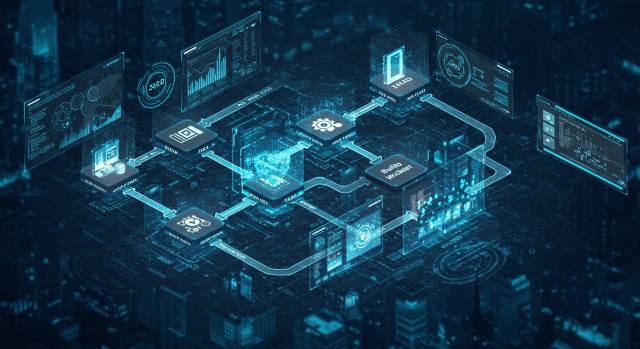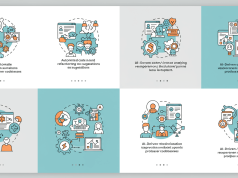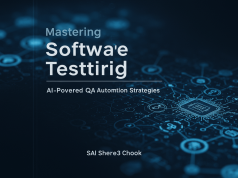In today’s fast-paced software landscape, the ability to deliver new features and updates rapidly without sacrificing stability has become a cornerstone of competitive success. Continuous Integration and Continuous Delivery (CI/CD) pipelines streamline the process of building, testing, and deploying code, enabling teams to automate repetitive tasks and reduce manual errors. However, traditional CI/CD pipelines often struggle to keep up with the growing complexity of modern software systems. As organizations migrate to distributed architectures, complexity grows and pipelines can become brittle, leading to increased downtime and slower releases. Enter AI-powered CI/CD: an innovative approach that leverages machine learning, predictive analytics, and automation to enhance every stage of the delivery pipeline. By integrating AI into CI/CD workflows, organizations can minimize downtime, optimize resource usage, and gain actionable insights that drive continuous improvement. Whether you’re a startup or an enterprise, integrating AI into CI/CD can democratize best practices and bring machine-level precision to routine tasks.
The Importance of Modern CI/CD
CI/CD pipelines have become essential for bridging the gap between development and operations, fostering collaboration, and accelerating time-to-market. By automating build, test, and deployment processes, teams can ensure consistent delivery of high-quality software with minimal manual intervention. Modern CI/CD not only boosts developer productivity but also reduces the risk of human error, accelerates feedback loops, and improves overall application reliability. In an era where user expectations are higher than ever, adopting advanced CI/CD strategies is no longer optional—it’s a critical component of any successful software delivery lifecycle. Moreover, by establishing a robust CI/CD foundation, organizations can adapt more easily to evolving business requirements, scale infrastructure on demand, and maintain a competitive edge in a crowded market. Learn more about AI-Driven Technical Debt Management.
Common Challenges in Traditional CI/CD
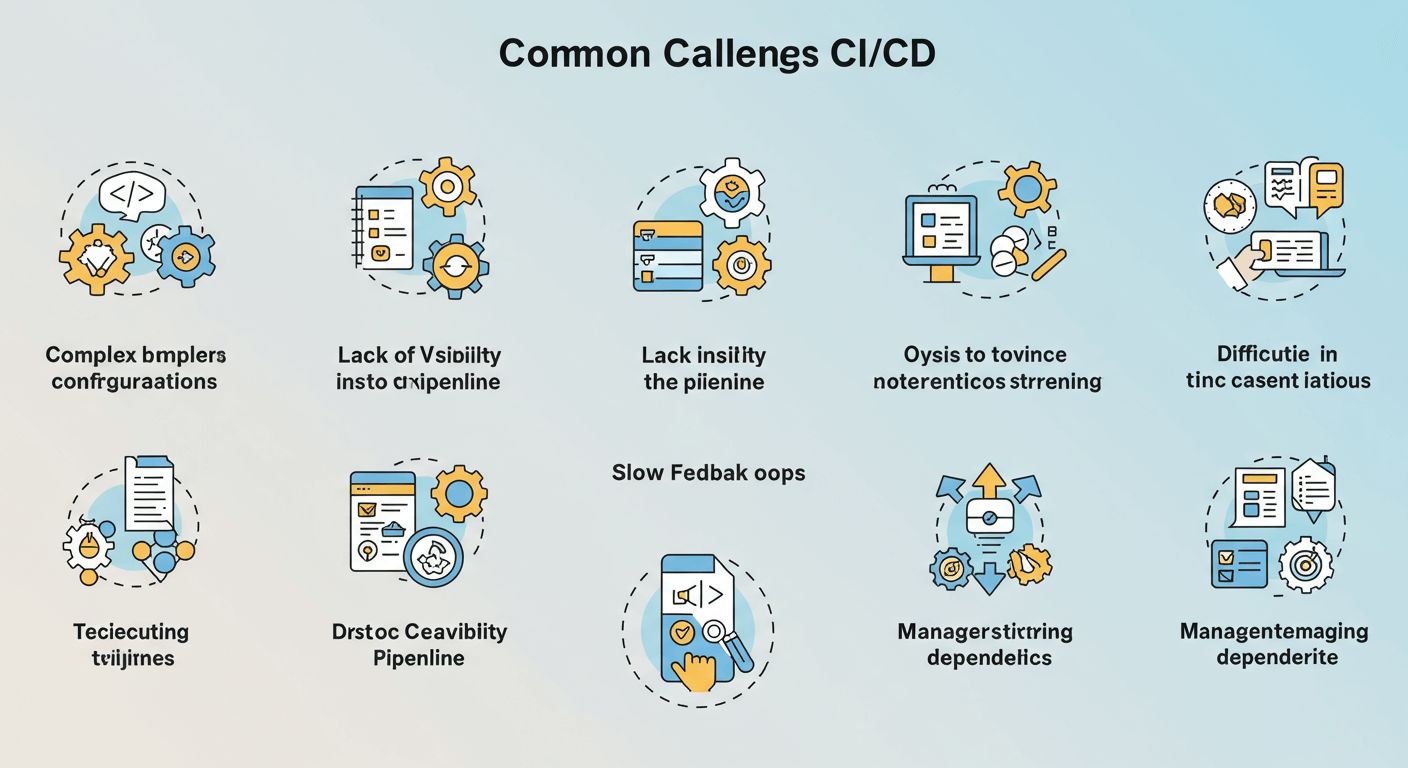
Despite its advantages, traditional CI/CD pipelines often face several pain points that can impede productivity and reliability. Teams may encounter:
- Slow build and test cycles due to inefficient resource allocation.
- High incidence of flaky or redundant tests that undermine confidence.
- Inadequate error detection, leading to late-stage failures in production.
- Manual bottlenecks in deployment approvals and rollbacks.
- Difficulty in scaling pipelines to match complex microservices architectures.
Addressing these challenges requires more than incremental improvements; it demands intelligent automation capable of learning from historical data and adapting in real time.
The Role of AI in CI/CD Pipelines
AI introduces a new paradigm for CI/CD by embedding intelligence into every phase of the pipeline. Machine learning algorithms can analyze build logs, test results, and deployment metrics to predict potential failures, prioritize critical tasks, and recommend optimizations. Predictive analytics enable teams to identify bottlenecks before they impact delivery, while natural language processing (NLP) can automate change request validations and release notes generation. By continuously learning from pipeline execution data, AI-driven CI/CD tools evolve with the codebase, providing smarter insights and automating repetitive tasks to free developers for higher-value work.
Key AI Features Transforming CI/CD
1. AI-driven Test Optimization
Machine learning models can analyze test suite performance over time, identify redundant or low-impact tests, and dynamically prioritize or eliminate tests that do not add value. This results in faster feedback loops and reduced resource consumption. Furthermore, AI-driven test optimization can automatically generate new test scenarios based on code changes, ensuring that edge cases and regression paths are thoroughly covered. Integration with code review tools allows the system to suggest additional tests when new features introduce complex logic. This intelligent approach to testing ensures both speed and quality are maintained throughout the CI/CD pipeline.
2. Intelligent Build Orchestration
AI-powered build orchestration tools can learn from historical build data to determine the optimal order and environment configuration for compiling code. They adapt to code dependencies, allocate compute resources dynamically, and parallelize tasks to minimize total build time. Moreover, predictive insights help prevent build failures by detecting likely points of failure before execution. By integrating with containerization and serverless platforms, these tools can spin up lightweight environments tailored to each project’s unique requirements. This intelligent scheduling not only accelerates builds but also reduces infrastructure costs by leveraging spot instances and auto-scaling cloud resources based on real-time pipeline demands.
3. Predictive Deployment Analysis
Before releasing to production, AI-driven deployment analysis assesses risk factors by evaluating metrics such as test pass rates, code complexity changes, and infrastructure health indicators. Teams can customize risk models based on organizational standards, compliance requirements, and historical incident data. By leveraging anomaly detection algorithms, the system can flag suspicious patterns and recommend postponing or rolling back deployments if thresholds are exceeded. Integration with monitoring platforms also enables real-time correlation between deployment events and system performance metrics, further enhancing predictive accuracy. This proactive approach minimizes downtime and safeguards user experience by ensuring that only stable, high-quality builds reach production.
4. Automated Rollback and Remediation
In the event of a production issue, AI techniques can automate rollback procedures and even initiate self-healing workflows. Integration with chat ops and incident management tools enables automated alerting and contextual troubleshooting recommendations, empowering on-call engineers to resolve issues faster. By continuously monitoring logs and metrics, the system detects deviations from normal operations and triggers predefined remediation scripts or container restarts. Advanced solutions employ reinforcement learning to refine remediation strategies over time, reducing mean time to recovery (MTTR) and minimizing the impact of incidents on end users.
5. Smart Resource Allocation
AI algorithms can forecast pipeline resource requirements by analyzing past execution patterns, code churn, and workload fluctuations. Cloud-native CI/CD platforms further benefit from intelligent spot instance bidding and auto-scaling based on anticipated pipeline load. This predictive allocation ensures that build and test environments are provisioned with the right amount of CPU, memory, and storage, preventing underutilization or over-provisioning. AI-driven billing insights also help teams track and forecast CI/CD expenses, promoting cost accountability. By optimizing resource usage, organizations can significantly reduce infrastructure costs while maintaining pipeline performance and reliability.
6. Continuous Learning and Feedback Loops
A hallmark of AI-powered CI/CD is its ability to evolve with the project. Visualization dashboards provide stakeholders with insights into pipeline performance trends and AI-driven suggestions, fostering transparency and informed decision-making. Continuous learning models ingest new data points from each pipeline run—such as build outcomes, test results, and user feedback—to refine predictions and recommendations. Over time, the system can even assist in capacity planning and roadmap prioritization by correlating delivery metrics with business outcomes. This feedback loop ensures that the CI/CD system remains aligned with the codebase’s changing complexity and the team’s evolving practices, leading to sustained improvements in speed and stability.
Best Practices for Implementing AI-Powered CI/CD Pipelines
To successfully adopt AI-driven CI/CD, teams should consider the following best practices:
- Start small by integrating AI modules for a specific pipeline stage, such as test optimization or build orchestration.
- Ensure data quality by collecting clean, well-labeled pipeline logs and metrics.
- Continuously monitor AI recommendations and validate them before enabling full automation.
- Maintain human oversight, especially for critical production deployments and rollback decisions.
- Foster a culture of collaboration between development, operations, and data science teams.
- Regularly retrain AI models with fresh pipeline data to maintain accuracy and relevance.
- Document AI-driven decisions for auditability and compliance alignment.
- Evaluate and manage potential bias in AI predictions to ensure fairness and transparency.
By following these guidelines, organizations can mitigate risks, build trust in AI-driven processes, and gradually expand automation across the entire CI/CD pipeline.
Future Trends and Considerations
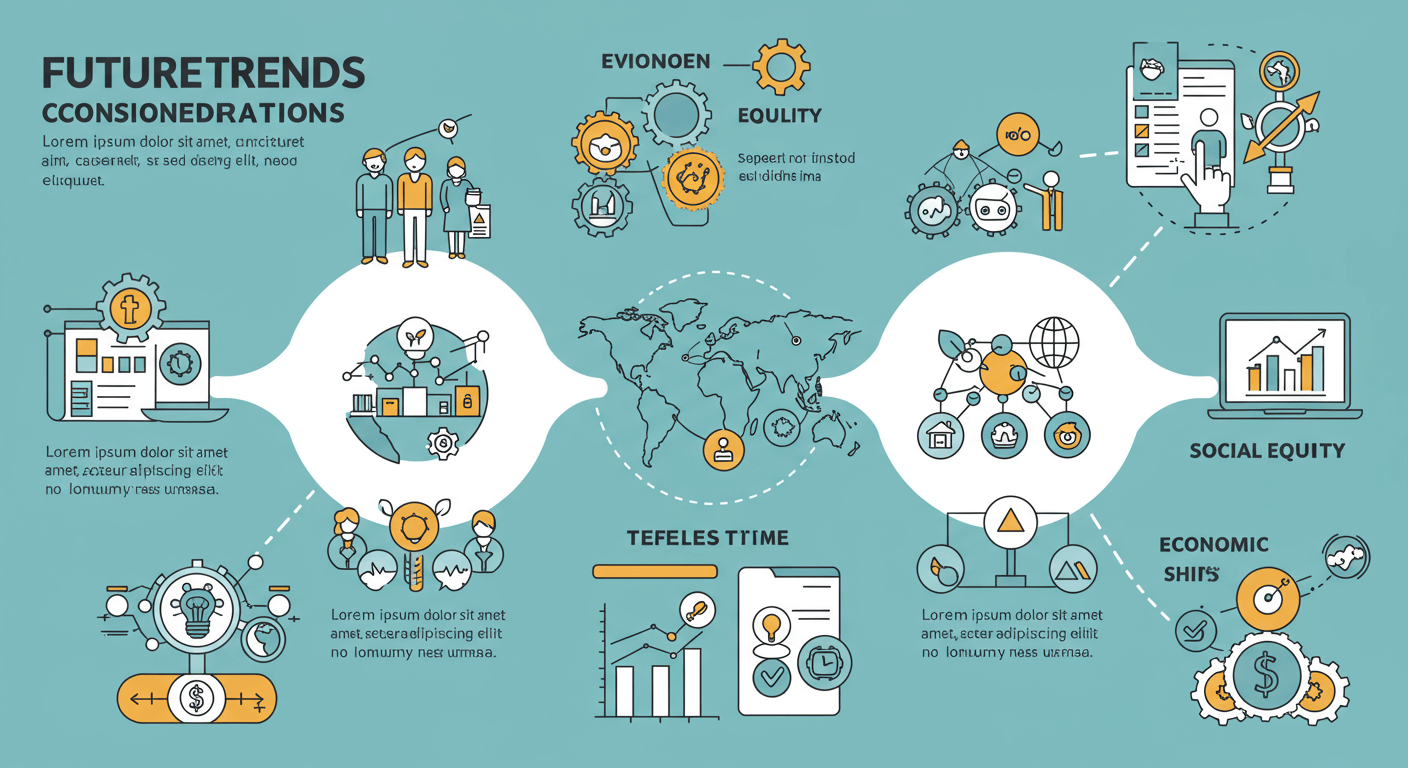
Looking ahead, we can expect deeper integration of AI with GitOps workflows, enhanced security automation powered by AI-driven vulnerability detection, and greater adoption of autonomous delivery pipelines that require minimal human intervention. Ethical considerations around data privacy and model bias will also become more prominent, necessitating transparent AI governance practices. As open-source and commercial solutions evolve, staying informed about emerging standards and community-driven best practices will be crucial for teams aiming to stay ahead in the CI/CD domain.
Conclusion
AI-powered CI/CD pipelines are reshaping the software delivery landscape by infusing intelligence at every step—from test optimization and build orchestration to predictive deployment and automated remediation. By adopting AI-driven solutions, organizations can accelerate time-to-market, reduce operational costs, and improve overall software reliability. As these technologies mature, the most successful teams will be those that balance smart automation with human expertise, ensuring that innovation and stability go hand in hand. Begin your AI-driven CI/CD journey today to unlock the next level of software delivery excellence in 2024 and beyond.

